Japanese Soup Curry is a beloved regional dish that originated in Hokkaido, Japan’s northernmost island. Unlike the thick, stew-like Japanese curry most people are familiar with, soup curry has a lighter, brothier consistency – somewhere between a curry and a soup.
It’s deeply aromatic, spiced, and comforting, often made with a flavorful curry-based broth and topped with seared or grilled meat and a colorful assortment of vegetables.
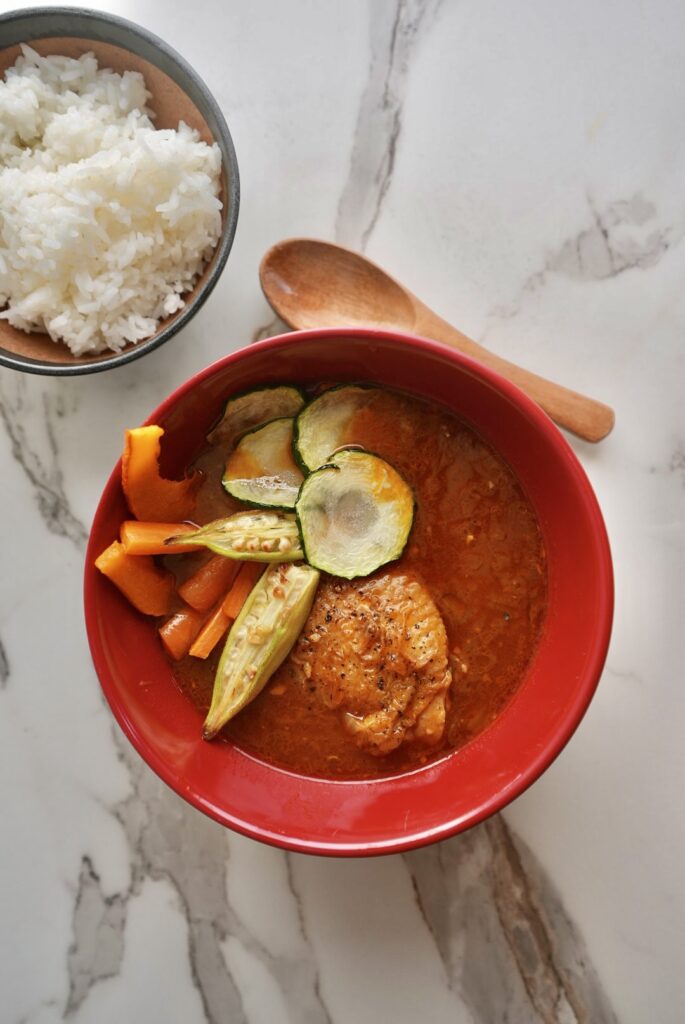
The dish first gained popularity in Sapporo in the 1970s and 1980s, where local chefs began experimenting with the standard Japanese curry roux by thinning it out with stock and enhancing it with spices inspired by Southeast Asian cuisine.
Over time, soup curry became a Hokkaido staple, with each restaurant developing its own signature broth: some rich and creamy, others clear and fiery. Toppings ranged from chicken thighs and hard-boiled eggs to pumpkin, lotus root, and okra.
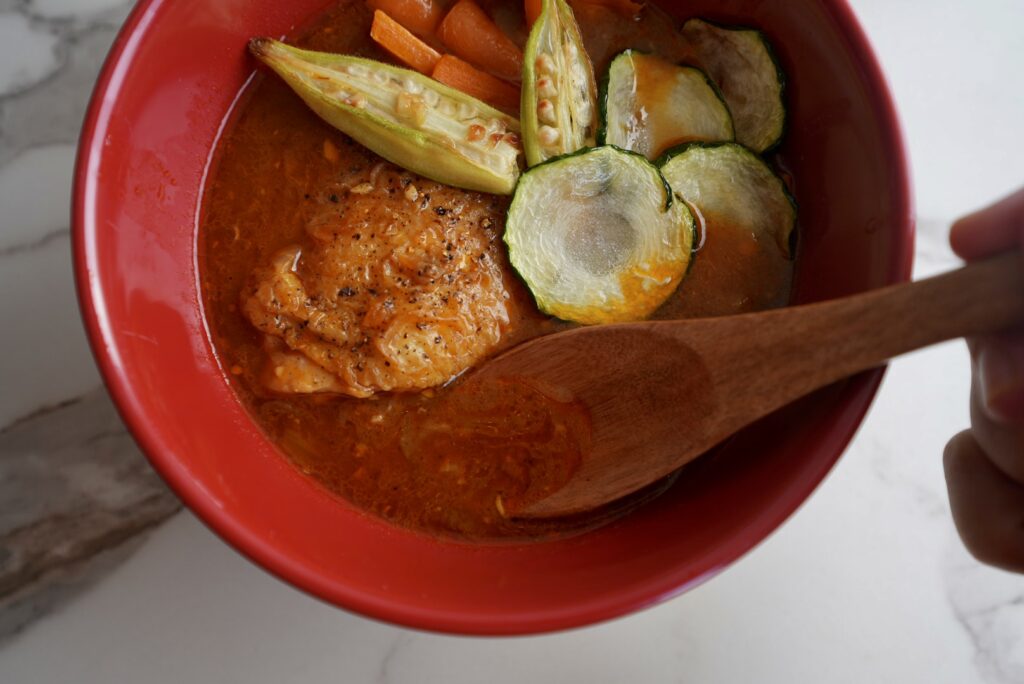
Today, Japanese Soup Curry has spread beyond Hokkaido and can be found throughout Japan, including Tokyo, where it’s celebrated for its balance of bold flavor and nourishing warmth.
The beauty of the dish lies in its versatility: it’s hearty yet light, customizable with whatever vegetables are in season, and served with a side of rice for dipping into the golden, spiced broth. It’s comfort food at its most vibrant. And best of all, the perfect fall or winter dish!
What Type of Meat to Use:
In Japanese Soup Curry, chicken thighs are the star protein. Unlike leaner cuts like chicken breast, thighs are naturally juicy and tender, which makes them perfect for slow-simmering in the curry broth without drying out. When seared before simmering, the skin develops a beautiful golden-brown color and adds a subtle depth of flavor to the broth.
The thighs absorb the spices and aromatics in the soup very well. Because they’re bone-in and skin-on, they also help enrich the broth. Each bite is tender and flavorful, pairing perfectly with the crisp, lightly fried vegetables and the steaming white rice that accompanies the dish.
For home cooks, chicken thighs are forgiving and versatile. They hold up well to searing, and simmering in the spiced broth, making them ideal for recreating this Hokkaido favorite in your own kitchen. It’s hard to overcook chicken thighs!
Whether you’re a seasoned curry lover or trying Japanese Soup Curry for the first time, the juicy, flavorful chicken thighs are what make this dish truly comforting and satisfying.
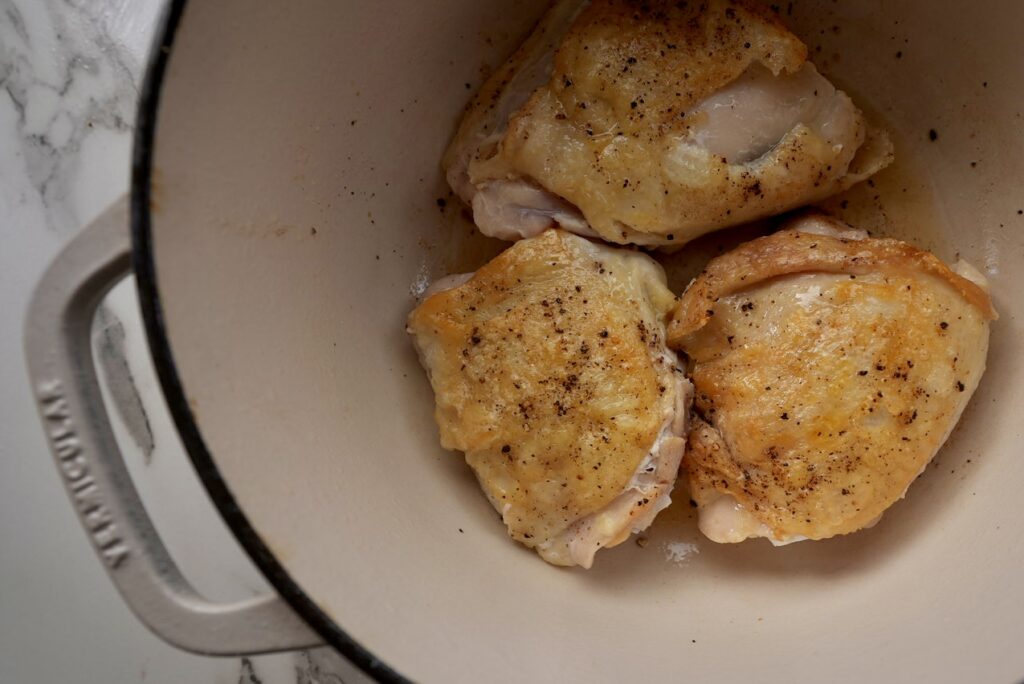
Vegetable Options
The vegetables in Japanese Soup Curry add color, texture, and natural sweetness, making the dish as visually appealing as it is flavorful. From tender kabocha to lightly fried okra, each vegetable contributes its own unique taste and enhances the rich, spiced broth.
Here are some options for vegetables you can try with this dish:
- Kabocha (Japanese pumpkin): Sweet, tender, and slightly nutty; holds up well when fried or simmered.
- Zucchini: Mild and softens quickly; adds a fresh, light texture.
- Shimeji mushrooms: Earthy flavor and slightly chewy texture; absorbs the curry broth nicely.
- Carrots: Cut into spears or rounds; add natural sweetness and color.
- Okra: Cut lengthwise; lightly fried or simmered, it adds a unique texture and subtle flavor.
- Potatoes: Boiled and cut into wedges; hearty and helps soak up the flavorful broth.
- Lotus root (optional): Crunchy and slightly sweet; adds a visually appealing texture.
- Bell peppers or green beans (optional): Bright, colorful, and lightly sweet; enhance presentation and flavor.
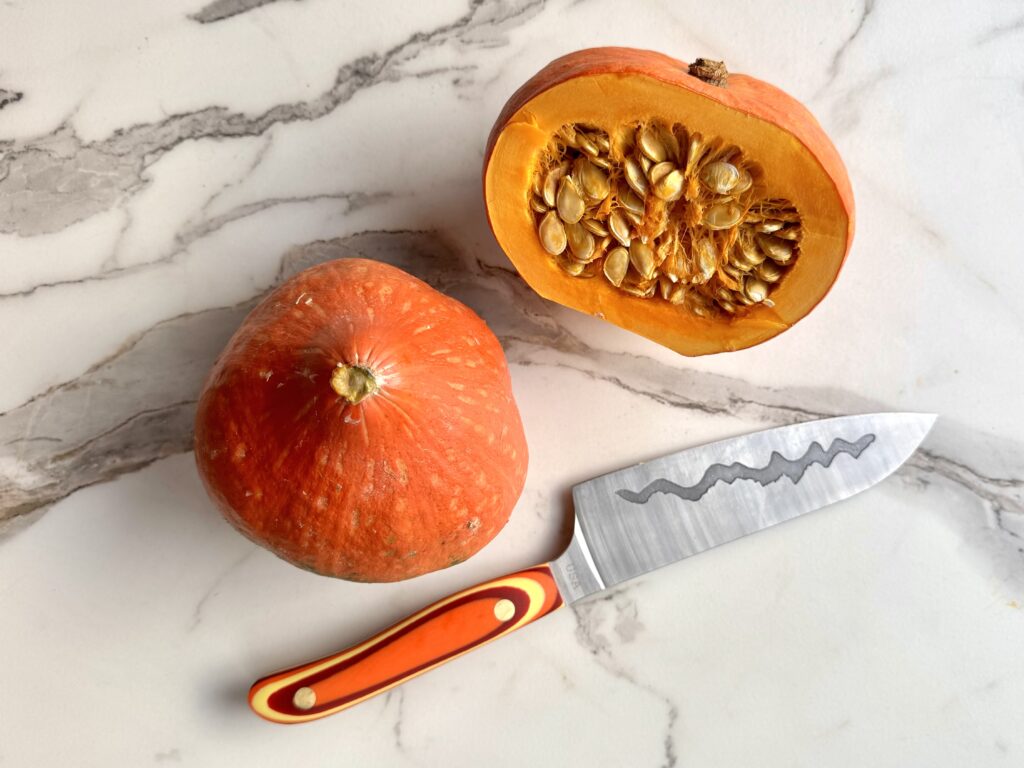
What Type of Rice to Use
Choosing the right type of rice can be confusing, especially with so many varieties available. For this dish, however, I recommend Japanese short-grain or medium-grain rice.
Short-grain rice, often labeled as sushi rice, is particularly prized for its soft and chewy texture, which pairs beautifully with traditional Japanese dishes. Medium-grain rice is a great alternative if short-grain isn’t available (I actually almost always use medium-grain myself because it’s generally cheaper where I live!). Both are ideal for recipes like this one, where the rice’s stickiness helps meld the flavors into every bite.
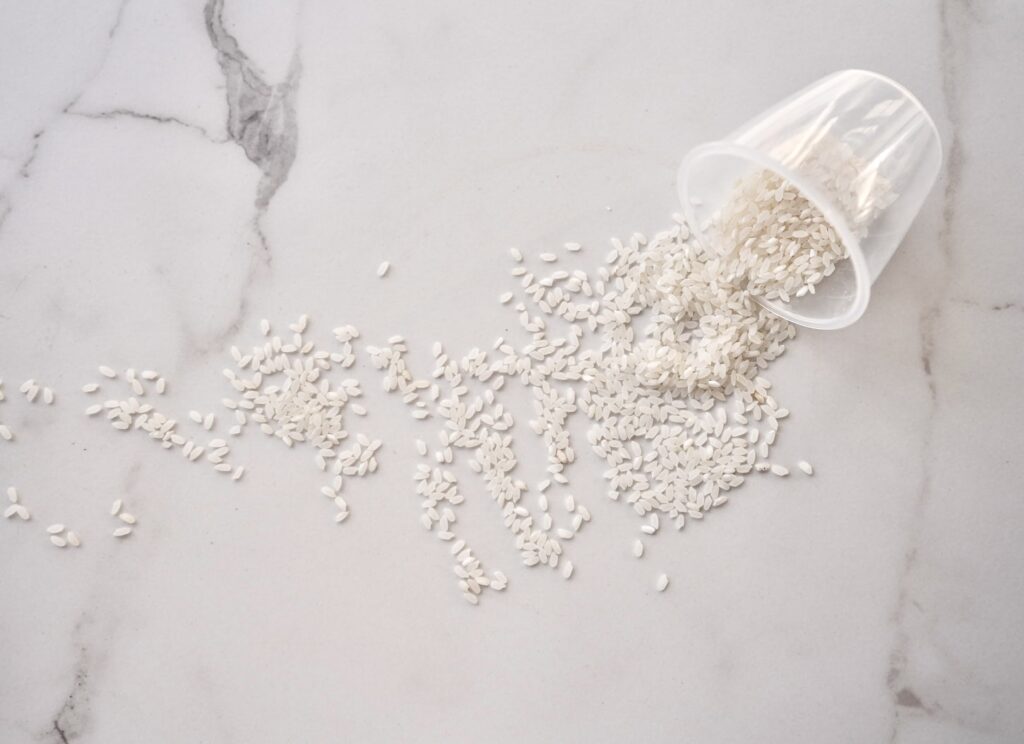
Recommended Rice Cookers
Do I need to have a fancy rice cooker? NO! Just like anything, generally, the higher the quality, the better. But you can make great rice in a cheap rice cooker, too!
Click the rice cooker photos to see my favorite rice cookers. I included a budget-friendly rice cooker I love! I use the Tiger 5.5-cup model shown. About 1/2 cup of Japanese short- or medium-grain rice makes 1 serving.
Key Features to Look For in a Rice Cooker:
- Timer and Keep Warm Function: Useful for planning meals ahead of time and keeping them warm until you’re ready to eat.
- Steaming Basket or Tray: Allows you to steam vegetables or cook other ingredients while the rice cooks.
- Multiple Cooking Functions: Ensure it has settings for steaming, slow cooking, and possibly even baking.
- Non-Stick Inner Pot: Makes cleaning easier and prevents sticking.
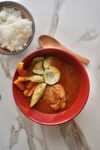
Japanese Soup Curry
- Total Time: 1 hour 5 minutes
Description
A Hokkaido-style dish with tender chicken and colorful fried vegetables in a spiced, soupy Japanese curry broth served with rice.
Ingredients
- White rice, for serving
- 3 chicken thighs
- 1 teaspoon salt
- 1/2 teaspoon black pepper
- 1 tablespoon neutral cooking oil
- 2 tablespoons butter
- 1 tablespoon fresh ginger, minced
- 3 cloves garlic, minced
- 3/4 onion, diced
- 1 1/2 tablespoons flour
- 1 tablespoon Japanese curry powder
- 1 tablespoon garam masala
- 1/2 tablespoon cayenne pepper (add more or less depending on your spice preference)
- 3 cups chicken broth
- 1 tablespoon tomato paste
- 1 tablespoon rice vinegar
- 1 1/2 tablespoons soy sauce
- 1 tablespoon sugar
- 1 bay leaf
- Kabocha, thinly sliced
- Zucchini, thinly sliced
- Shimeji mushrooms, trimmed
- Boiled potato, sliced into wedges
- Carrots, cut into thick slices
- Okra, cut in half lengthwise
- Lotus root, thinly sliced
- Japanese eggplant, thinly sliced
- Neutral oil, for shallow frying
Instructions
- Season chicken thighs with salt and pepper.
- Heat oil in a large pot over medium-high heat, then sear chicken for 4-5 minutes per side until golden brown. Remove and set aside.
- In the same pot, add minced garlic and ginger. Sauté until fragrant, about 30 seconds.
- Add butter and diced onion. Cook for 2-3 minutes until the onions begin to soften and turn translucent.
- Stir in the flour to coat the onions, then add curry powder, garam masala, and cayenne pepper.
- Pour in chicken stock, then add tomato paste, rice vinegar, soy sauce, sugar, and the bay leaf. Stir well to combine. Feel free to add a little more soy sauce for saltiness or sugar for sweetness.
- Return the seared chicken to the pot. Cover and simmer for 30-35 minutes until the chicken is tender and the broth is flavorful.
- While the soup simmers, shallow-fry your vegetables (see above ingredients: kabocha, zucchini, carrot, okra, lotus root, potatoes, etc. ) in a pan with a bit of oil until lightly golden and tender.
- Ladle the soup curry into bowls, top with the fried vegetables, and serve with a side of steamed white rice.
- Prep Time: 15 minutes
- Cook Time: 50 minutes
Nutrition
- Serving Size: 3

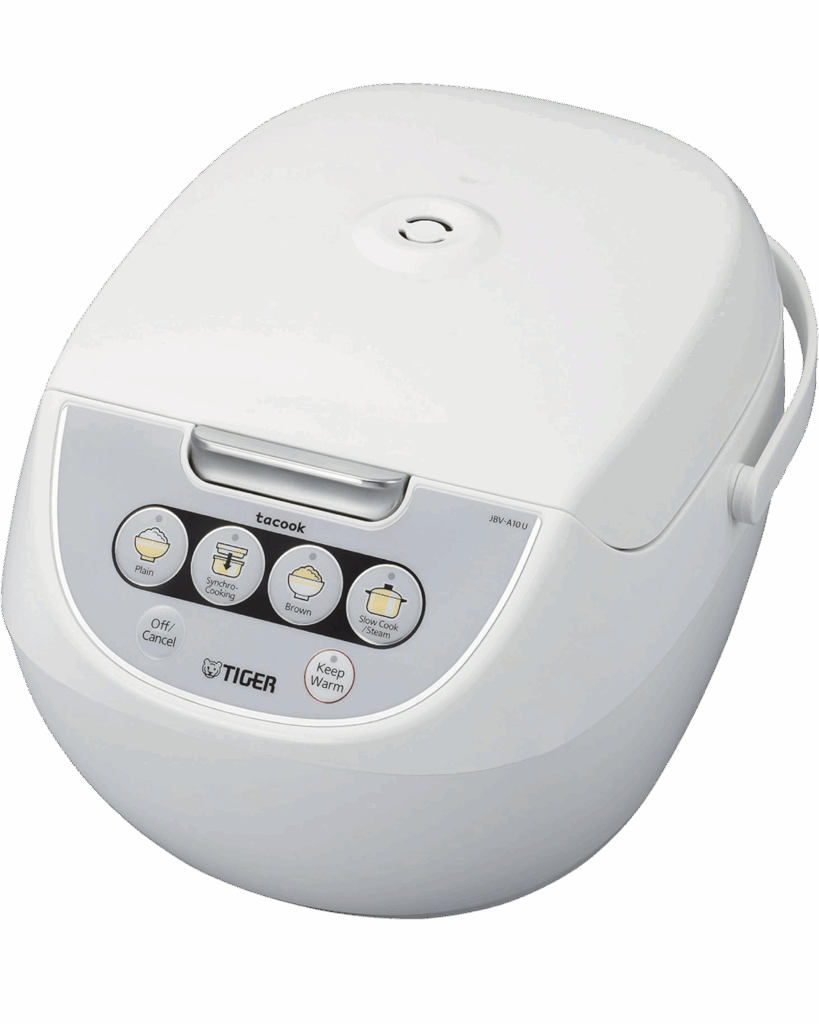
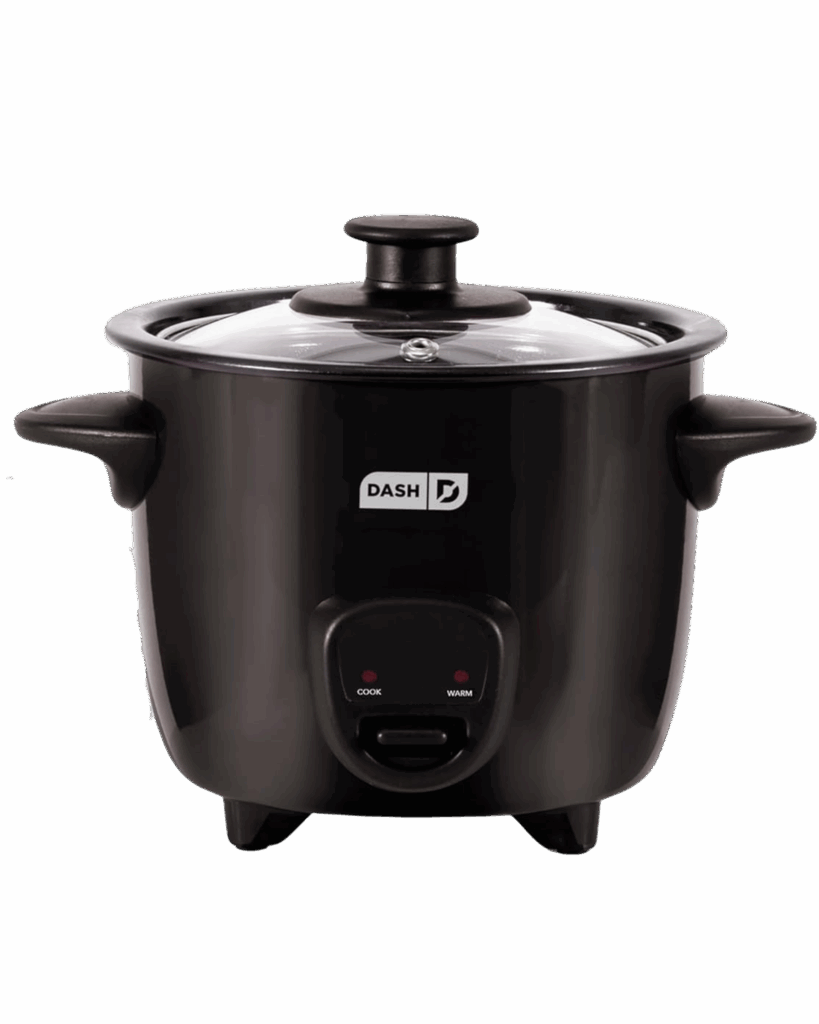



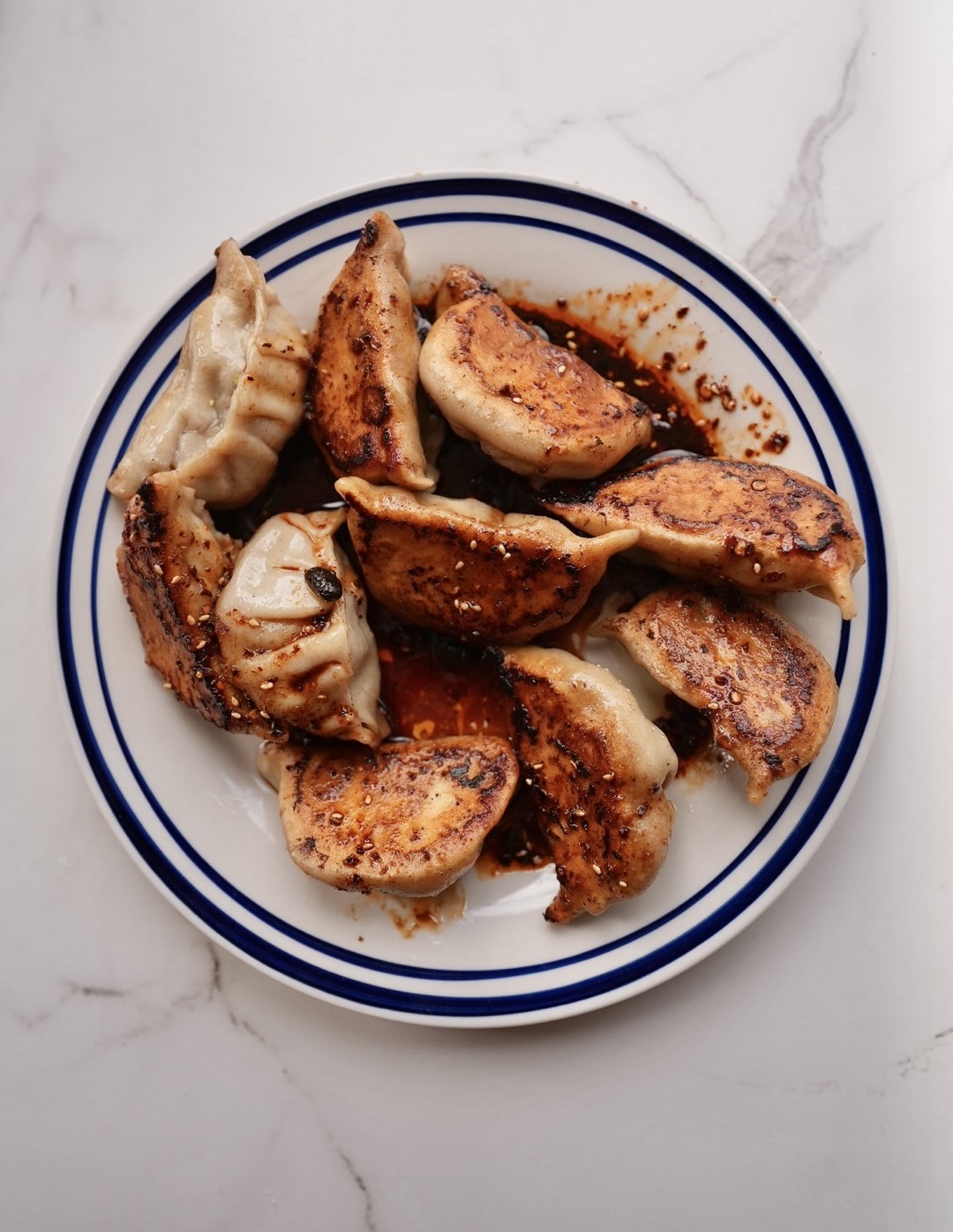
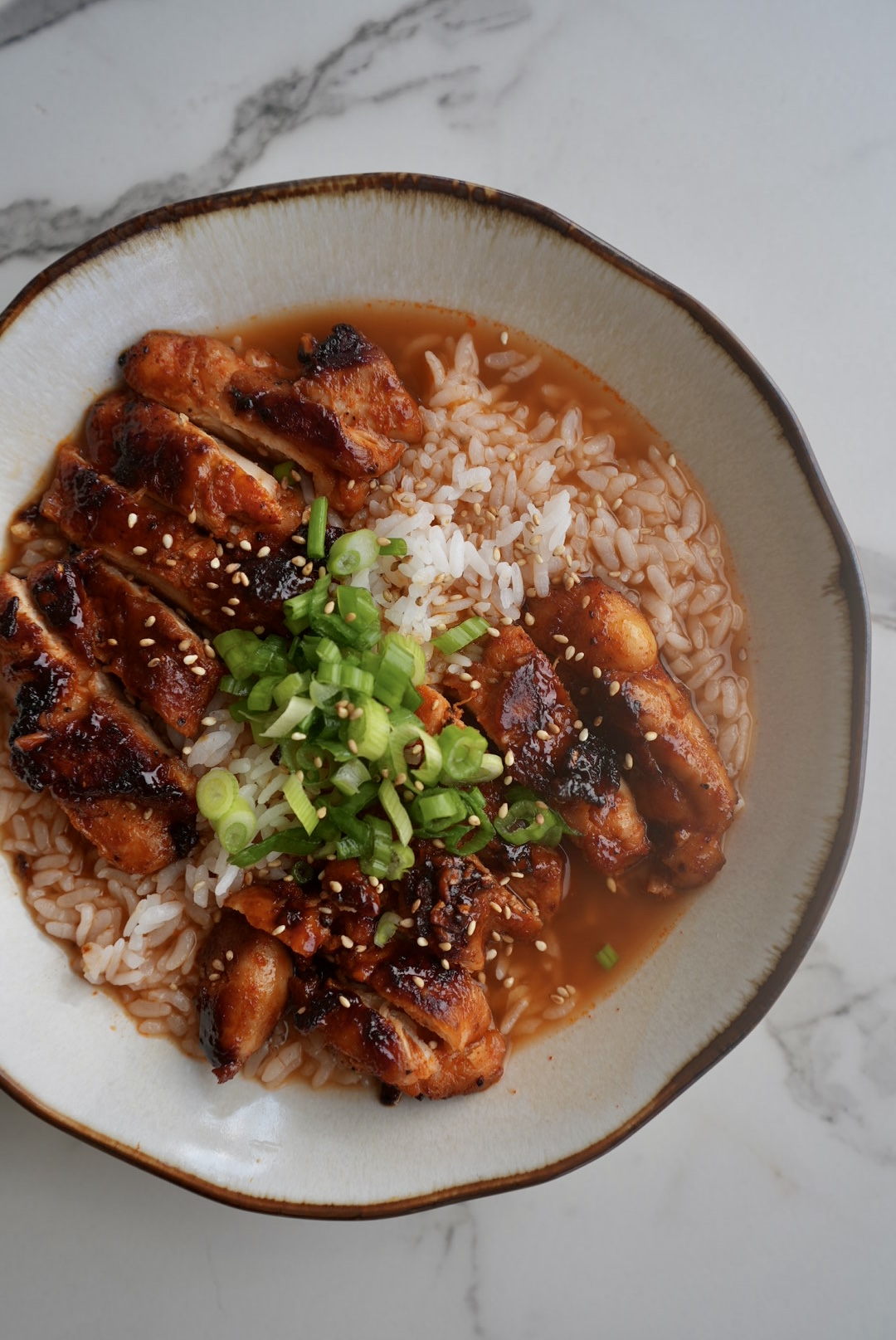
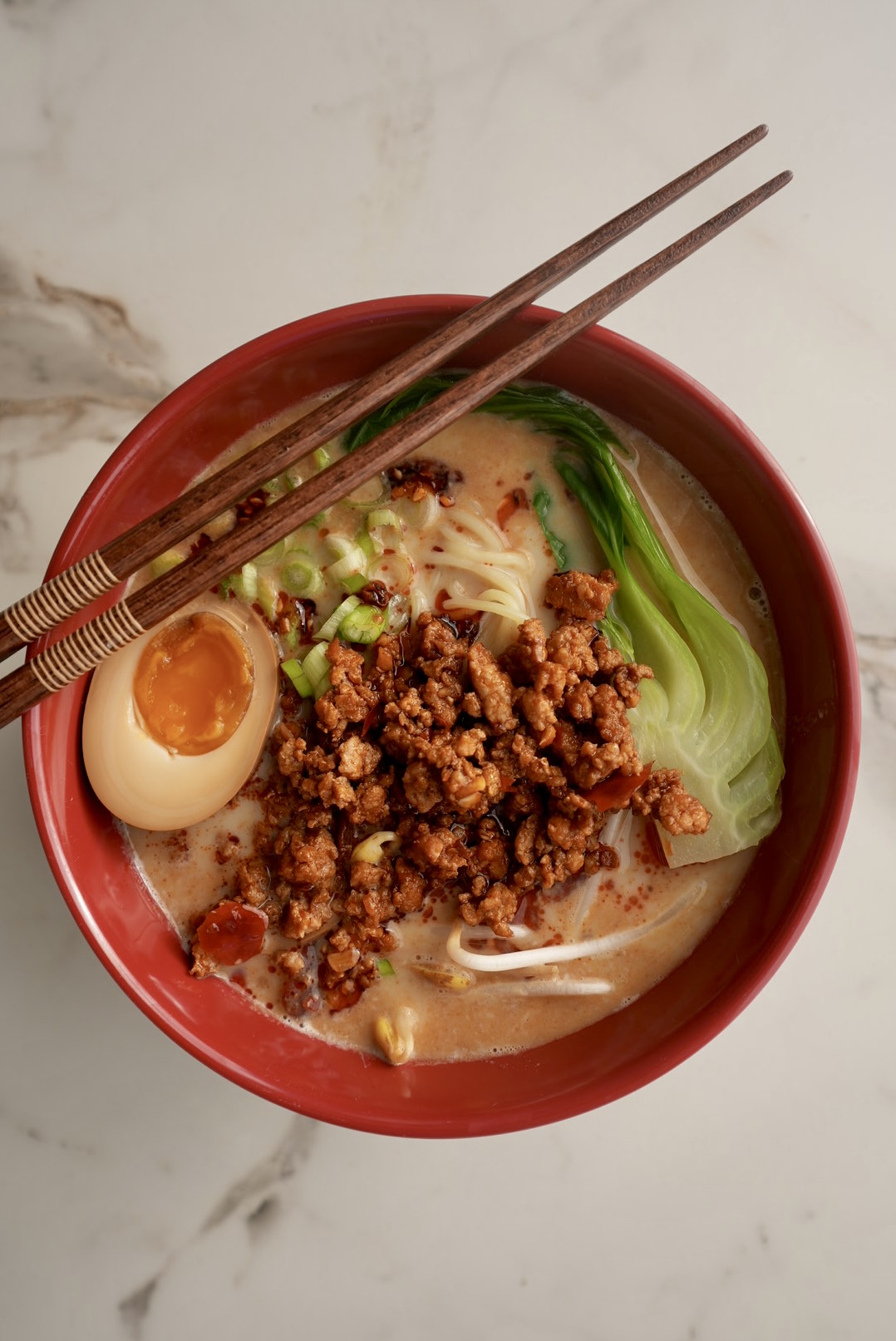
Just made this and it was absolutely amazing!
Thank you for your rating + review! So glad you enjoyed it 🙂